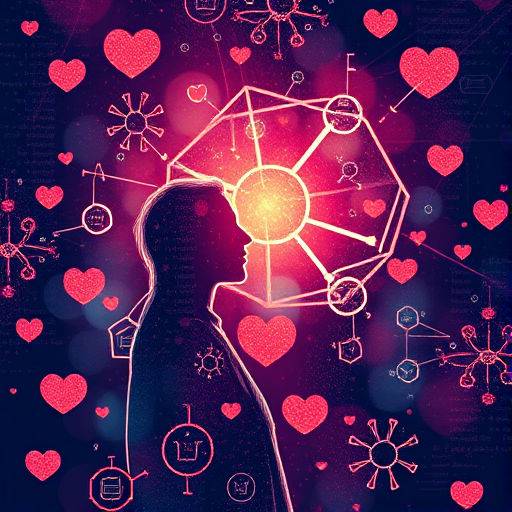The Science of Attraction: Unlocking the Mysteries of Love
Meta description: Ever wondered why you’re drawn to certain people? Dive into the fascinating science of attraction and discover the chemical reactions that spark love and connection. From pheromones to brain chemistry, unlock the secrets of the heart.
Introduction:
Have you ever felt an instant connection with someone, a spark that ignites your interest and leaves you wondering why this person stands out from the crowd? The science of attraction is a captivating and complex field that delves into the biological and chemical reactions that occur when we feel that spark. Understanding these processes can provide insight into why we are drawn to certain people and reveal the fascinating ways our bodies and minds work together to create meaningful connections. In this article, we will explore the chemistry of love, from the role of pheromones to the brain chemistry of attraction, offering a glimpse into the mysterious world of romance and attachment.
The Role of Pheromones in Attraction
Pheromones are chemical signals that are released by the body and detected by the olfactory system, playing a significant role in attraction. These chemicals can influence how we perceive and respond to potential partners, even affecting our mood and behavior. Research suggests that pheromones may impact sexual attraction, with some studies indicating that they can enhance feelings of closeness and intimacy. For example, the famous “sweaty t-shirt experiment” found that women preferred the scent of men’s t-shirts when they were exposed to male pheromones, suggesting that these chemical signals may play a role in who we find attractive.
While the impact of pheromones on human behavior is still being explored, it is clear that these chemical messengers are a fascinating part of the attraction puzzle. They may act as a type of “chemical radar,” helping to guide us towards potential partners who are a good biological match, increasing the likelihood of successful reproduction and long-term compatibility.
The Brain Chemistry of Love
The experience of love and attraction involves a complex dance of neurotransmitters and hormones in the brain. When we first encounter someone we are attracted to, our brain releases a rush of feel-good chemicals, creating the euphoric and exhilarating feelings associated with new love. Dopamine, often referred to as the “pleasure chemical,” surges, creating a sense of reward and motivation to pursue this new connection. At the same time, our bodies release adrenaline, leading to the physical symptoms of attraction, such as a racing heart and butterflies in the stomach.
As the relationship progresses, other chemicals come into play. Oxytocin, known as the “love hormone,” promotes feelings of attachment and closeness, while vasopressin, another key hormone, may enhance pair bonding and long-term commitment. These chemicals work together to create the unique emotional bond that develops between partners, fostering the deep sense of connection and intimacy that characterizes romantic love.
The Art of Compatibility
While chemistry and biology play a significant role in attraction, it is also important to consider the art of compatibility. Beyond the initial spark, long-lasting relationships often rely on shared values, interests, and life goals. This is where the “science of compatibility” comes into play, exploring the psychological and social factors that contribute to successful, fulfilling partnerships. While chemistry may be the initial draw, compatibility is what keeps a relationship thriving over time.

Final Thoughts: Unlocking the Mysteries of the Heart
Attraction is a captivating blend of art and science, where biology and chemistry meet to create the magic of love. By understanding the role of pheromones and the intricate dance of brain chemistry, we can begin to unlock the mysteries of the heart. So, the next time you feel that spark, remember the intricate processes at play, guiding us towards connection and love.
Are you curious to explore more about




